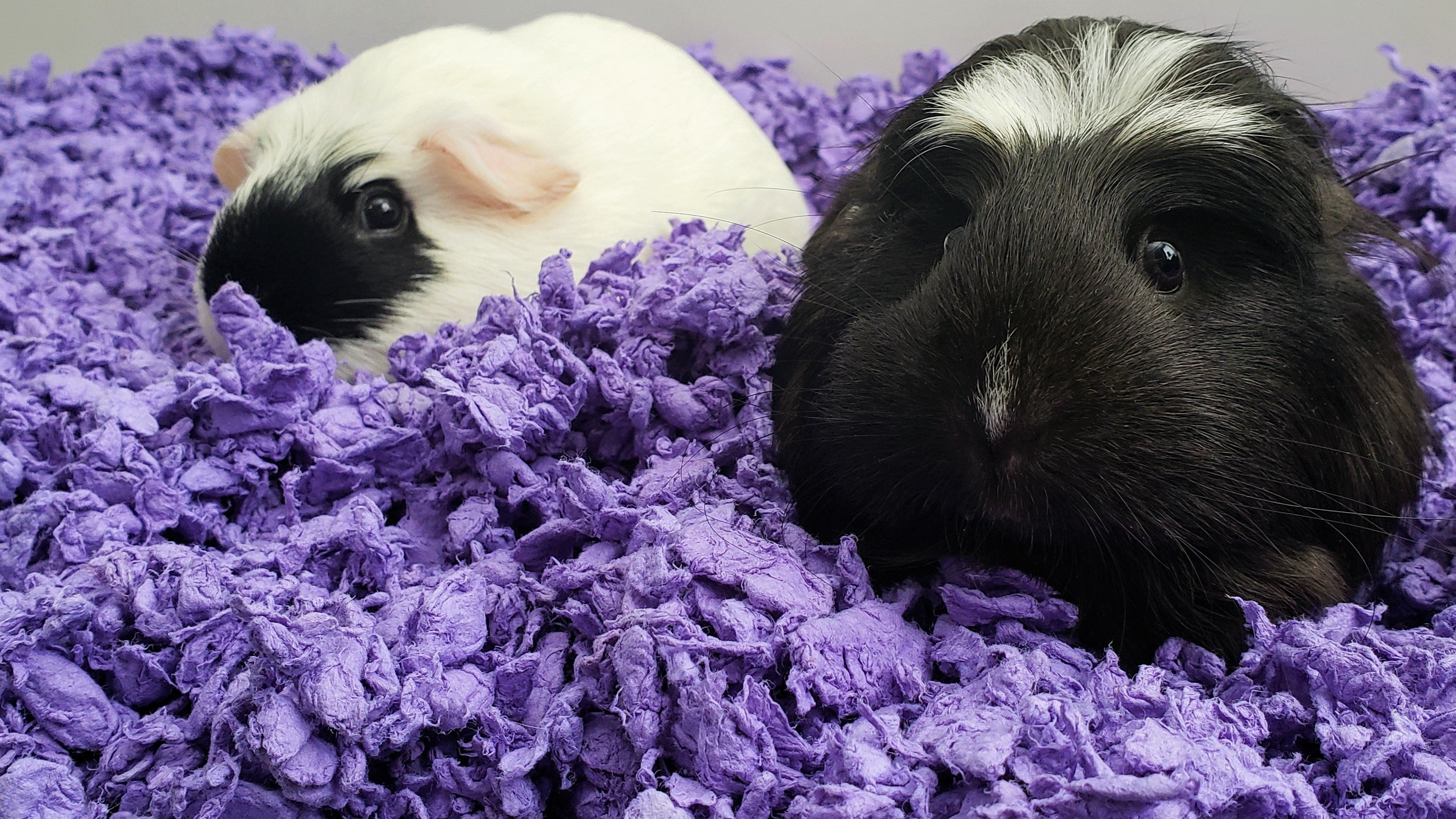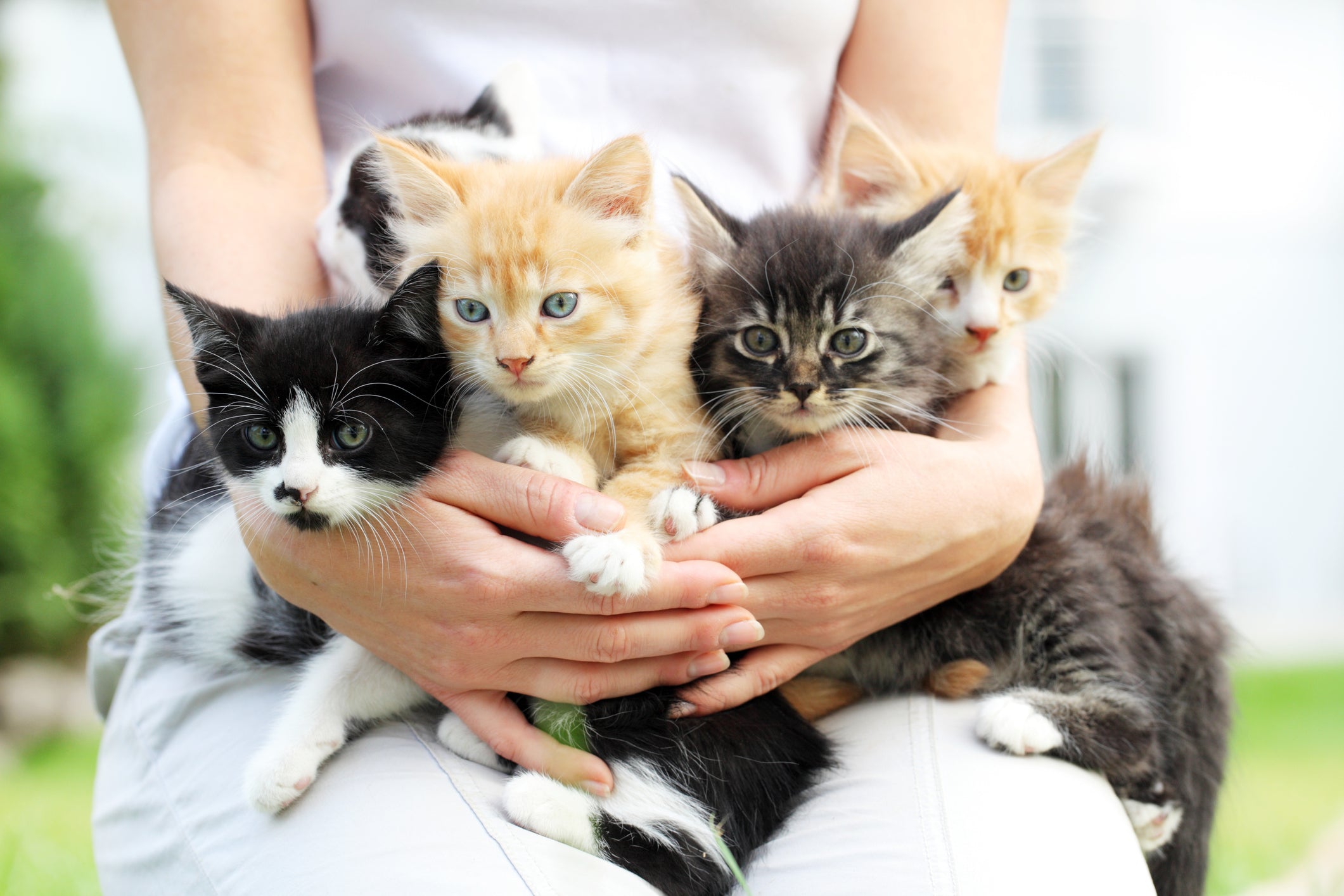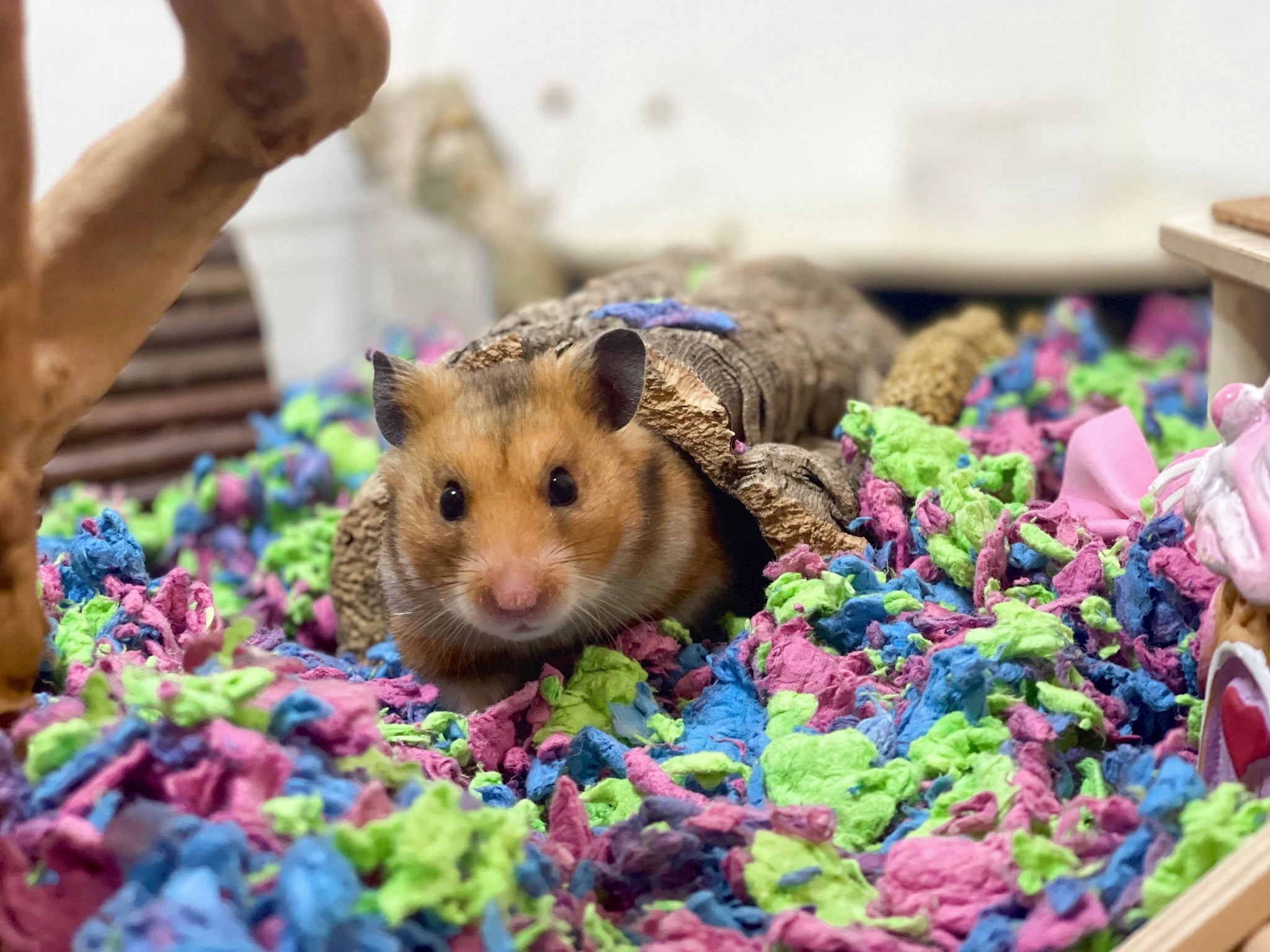
5 Common Medical Conditions Affecting Guinea Pigs and How to Treat Them
Guinea pigs make great pets, but like any pet, they have unique health needs and medical issues. These are some of the most common medical problems afflicting guinea pigs. Knowing the signs and symptoms of disease can help you keep your guinea pig healthy.
1. Malocclusion
Guinea pigs have open rooted teeth that grow continuously. Unfortunately, this makes them prone to overgrown teeth and malocclusions. While genetics, infection and trauma can make malocclusions more likely, diet is a major reason why guinea pigs often develop malocclusions.
Signs of Malocclusions
How do know your guinea pig has overgrown teeth or a malocclusion? The first sign you will see is your guinea pig having trouble eating. You may also notice excess drooling or their chin or forepaws may be wet from wiping their mouth and chin. Since they have difficulty chewing, this results in inappetence, the medical term for lack of appetite. Eventually, your guinea pig will lose weight from not eating.
Diagnosis
Malocclusion is diagnosed by your veterinarian after a careful examination of your guinea pig’s mouth and teeth. Since guinea pigs have very narrow oral cavities, examination of their back teeth often requires sedation.
Treatment
Overgrown teeth require trimming. This is typically done under anesthesia and will likely need to be done every 4-16 weeks as the teeth grow. Malocclusions can occur due to vitamin C deficiency, as the decrease in collagen formation leads to tooth movement and loose teeth. Malocclusions due to vitamin C deficiency are treated by supplementing with vitamin C.
2. Scurvy (vitamin C deficiency)
Guinea pigs are susceptible to vitamin C deficiency because they lack an enzyme that is involved in the synthesis of ascorbic acid (vitamin C) from glucose. Without this enzyme, they are dependent on getting all of their vitamin C requirements from their diet. In order to get enough vitamin C, guinea pigs require a daily dietary source of vitamin C. Lack of vitamin C results in a disease called scurvy. Vitamin C is essential for proper bone and collagen formation, blood clotting, and cell function.
Signs of Scurvy
Since vitamin C plays an important role with various functions, the signs of vitamin C deficiency, or scurvy, in guinea pigs are varied. They may include weakness, rough hair coat, inappetence, diarrhea, loose teeth, grinding teeth, delayed wound healing, lameness and increased susceptibility to infections. Symptoms of vitamin C deficiency can appear as early as 2 weeks. Young growing animals require more daily vitamin C and thus are more susceptible to developing scurvy.
Diagnosis
Veterinarians typically diagnose vitamin C deficiency (scurvy) in guinea pigs based on their history, clinical signs and physical examination findings but occasionally may need x-rays or ascorbic acid blood levels to confirm the diagnosis.
Treatment
Your veterinarian will likely recommend starting treatment with vitamin C injections initially, followed by oral vitamin C supplementation. After vitamin C levels are replenished, it is important to ensure that your guinea pig is getting enough vitamin C from the foods they eat. Foods that contain high levels of ascorbic acid include: spinach, kale, parsley, beet greens, chicory, red and green peppers, broccoli, tomatoes, oranges, and kiwi fruit. Remember guinea pigs should eat a diet that consists of guinea pig pellets, alfalfa and grass hay, and fresh vegetables containing vitamin C every day.
3. Respiratory Disease
Many people do not realize that guinea pigs are susceptible to respiratory diseases. Stress alone or being housed in a cold drafty room can increase their susceptibility of developing a respiratory infection.
Signs of Respiratory Illness
If your guinea pig has a respiratory infection, you may notice discharge from their nose and eyes and hear them sneeze or cough. Affected animals may sound congested and may have a decreased appetite or stop eating all together. Severe respiratory infections can lead to pneumonia and cause trouble breathing.
Diagnosis
Diagnosis of a respiratory infection is typically based on examination findings alone. While there are blood tests available to diagnose bacterial pneumonia, the stress of obtaining samples in a sick guinea pig limit their use. Likewise, x-rays are not routinely performed, as they can also cause be very stressful for a sick guinea pig.
Treatment
Treatment is often started based on clinical signs alone and usually involves a course of antibiotics, fluids. Vitamin C supplementation, force-feeding and sometimes supplemental oxygen are needed in severe cases.

4. Pododermatitis
Pododermatitis, also called “bubblefoot,” is an inflammation of the feet and is commonly seen in guinea pigs. Overweight guinea pigs and guinea pigs housed in wire cage or cages with abrasive bedding are more likely to develop this medical condition. Initially the bottoms of their feet get thickened and then develop ulcerations which can get infected easily. Infections often spread from the skin to the tendons and even underlying bones leading to painful osteomyelitis (bone infection).
Signs of Pododermatitis
You can tell your guinea pig has pododermatitis by seeing sores on their feet. As these sores get inflamed, they become swollen and red. These sores are painful and your guinea pig may be reluctant to move. Another sign you may observe is vocalization when moving due to pain. If these sores get infected, they become so painful that your guinea pig may stop eating or drinking. You may also notice a foul discharge or bleeding from their feet.
Diagnosis
The diagnosis of pododermatis can be made by a veterinarian based on examination findings alone. However, x-rays are often taken to look for underlying bone infection (osteomyelitis).
Treatment
The treatment of pododermatis involves cleaning and debriding the wounds, foot soaks, antibiotics and bandaging the affected feet. It is important to note that pododermatitis can be prevented by taking certain precautions with their housing. Avoid keeping your guinea pig in a wire cage which can cause small cuts and abrasions that can lead to pododermatitis. Always keep their cage clean and dry. Use a soft, nonabrasive bedding like carefresh and remember to change it frequently. Obesity is another risk factor because extra weight puts excess pressure on their feet. Monitor your guinea pig’s diet so they do not become overweight and susceptible to pododermatitis due to extra weight on their feet.
5. Diarrhea
Just like other animals, guinea pigs can develop diarrhea. Diarrhea can be caused by bacterial, viral and parasitic infections, antibiotics and also diet. Antibiotic-associated diarrhea is one of the most common causes seen in guinea pigs. Guinea pigs have delicate gastrointestinal flora that can easily be disrupted when certain antibiotics are used.
Signs of Diarrhea
The signs of diarrhea in a guinea pig will likely be obvious. Instead of finding normal hard fecal pellets you will notice loose watery stools. Guinea pigs with diarrhea may also have dried stool in the hair around their bottoms or you may notice stool-stained hair in that area.
Treatment
The treatment for diarrhea in guinea pigs depends on the cause. Sometimes a diet change and probiotics are all that is needed, while other times medications will be necessary. It is important to note that excessive diarrhea can lead to fluid loss and ultimately dehydration. If your pet has loose stool be sure to contact your veterinarian right away to find out what you should do.
Contact your Vet for early diagnosis
While guinea pigs are relatively hardy and easy to care for, like other pets, they are prone to certain health issues and can get sick. Becoming familiar with some of the common health problems facing guinea pigs can help you detect a medical problem early. Remember, most diseases are easier, and less costly, to treat when diagnosed earlier rather than later. Be sure to contact your veterinarian if you notice any changes in your guinea pig or their behavior.










